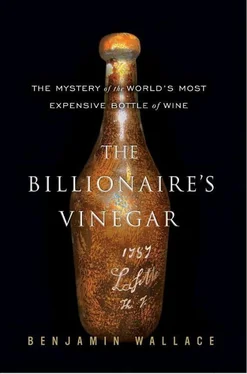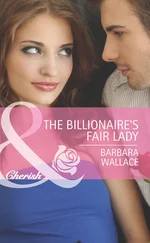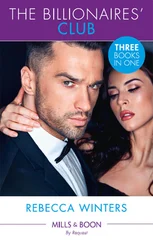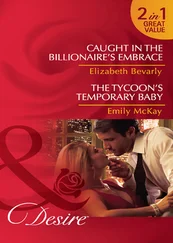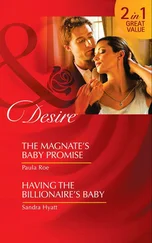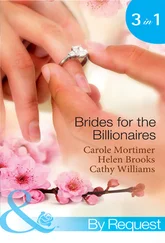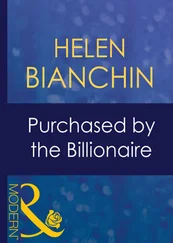At the tasting, held at the Königshof Hotel in Munich, Rodenstock included a vertical showcasing l’Eglise Clinet, a relatively unknown Pomerol estate. Parker tasted many older vintages of the wine for the first time, and later gave them top scores. At the same event, Rodenstock pulled out all the stops with a 10:00 a.m. “pre-Phylloxera breakfast,” at which he served sixteen pre-phylloxera wines blind, including both an 1874 Ausone and an 1847 Rausan-Segla. Parker was the guest of honor. He called the 1811 and 1847 Yquems “the greatest Yquems I have tasted.” The 1811 was “liquefied crême brûlée” the 1847 “would have received more than 100 points if possible.” A photograph captured him and Rodenstock huddled together, talking about the wines. On his flight home to Baltimore, by way of London, Parker “set a personal record for mineral water consumption,” he wrote in his newsletter.
“Not only was the weekend the most extraordinary three days of wine tasting, superb eating, and wine camaraderie that I have ever experienced, but it stands as the wine event of my lifetime,” Parker wrote. If he had any doubts about the authenticity of the bottles, they were laid to rest by the presence of Broadbent. “The condition of the bottles was extraordinary,” Parker wrote. “No other than Michael Broadbent authenticated the age of the bottles.” In the next edition of Parker’s massive Bordeaux, his reference guide to the world’s greatest wine region, the critic thanked Rodenstock and included several tasting notes from the 1995 tasting.
As the most powerful person in the wine world, someone depended on by rich neophytes unsure of their palates, Parker had just given Hardy Rodenstock an exceedingly valuable public seal of approval. Rodenstock began boasting that, before the tasting, he had bought up all the old l’Eglise Clinet on the market, confident that Parker would award high scores and send the wine’s price soaring.
CHAPTER 15

“AWASH IN FAKES”
IN 1996 A SECRET CONCLAVE OF FIFTEEN LEADING players in the rare-wine market met in a boardroom at the Intercontinental Hotel in London. Merchants and auctioneers who normally competed with each other, they included Serena Sutcliffe from Sotheby’s, a representative from Christie’s, Stephen Browett from Farr Vintners, and Tim Littler, the Whitwhams merchant whose Jefferson bottle had been broken by Bill Sokolin. Sotheby’s insisted that everyone sign confidentiality agreements. The topic of discussion was wine piracy.
In the last three years, fine-wine prices had exploded. In late 1993, New York State legalized wine auctions, and in 1995 and 1996, auction totals in the United States surpassed those in the UK. In 1996, worldwide wine auction sales exceeded $70 million, more than twice the amount in 1994. A lot more wine was being sold, and the center of the auction market had shifted from its historical base in England to the United States.
The profits to be made from selling trophy wines, and the relative ease of forging them, had yielded a flood of bogus bottles on the market. Invariably they were the wines with the most shocking price tags—cult labels, in cult vintages. Pétrus ’61. Romanée-Conti ’90. Mouton-Rothschild ’45. Cheval Blanc ’47. Le Pin ’82. Often they were in magnums.
The prices for these rarities had seemed to soar in the 1980s, but in the 1990s they rose vertically. In 1996 a case of six magnums of ’82 Le Pin fetched $47,740 at Sotheby’s, while a case of ’45 Mouton brought in $112,500 at Zachys-Christie’s in New York. With the exception of Mouton, Cheval Blanc, and a few others, these wines had tiny productions—Pétrus, rarely more than 3,500 cases a year; Le Pin, six hundred cases on average—and their rarity only added to their cachet and market value. Yet Pétrus ’82 was raining from the sky. Merchants who never used to see ’45, ’47, or ’61 Pétrus in magnum were now being offered it every week. Littler and a few others believed the trade needed to take action.
The London summit began ambitiously. A letter was drafted, with the idea of collectively sending it to the major French châteaux and negociants asking for more-stringent anti-piracy measures: short capsules, so corks could be read; embedded codes in the labels; vintages embossed in the bottle glass. Someone from Farr, which, despite having become a well-respected player, hadn’t entirely escaped its upstart reputation, mentioned the name of a Burgundy broker based in Paris: he was a major source of theirs, and they’d been encountering problems with a lot of the DRC they received from him. It was speculated that Rodenstock might get some of his wine from the broker. Farr said they’d stop using the man if everyone else would.
But self-interest and apathy conspired to kill the whole initiative. Half the room wouldn’t agree to stop using the dubious source of rare Burgundy. As for the letter, a British broker predicted glumly that the French would say, “That’s why you shouldn’t buy from foreign negociants, only straight from the châteaux.” The letter was never sent. The meeting went nowhere. Given the confidentiality agreements, it also went unreported at the time.
“Serena told me Sotheby’s couldn’t be seen as in association with Farr Vintners,” one participant recalled, claiming that her behavior then quickly changed. “Suddenly, Serena disapproved. Two weeks later, she gave an interview to the Times about the counterfeiting problem.” The merchant laughed bitterly. “Sotheby’s does no checks at all.”
IN WINE CIRCLES, talking openly about fraudulent wine remained virtually taboo, and Christie’s and Sotheby’s continued to disagree about the scope of the problem. Sutcliffe was singularly outspoken about its seriousness, and given to pronouncements regarding provenance, like, “If the trail goes dead, you have to drop the transaction.” Two years later she would tell Wine Spectator that the market was “awash in fakes.” Christie’s Broadbent and Paul Bowker, along with Rodenstock, were dismissive, minimizing the problem as exaggerated.
Yet it was clearly expanding. Only a year after raving about the Rodenstock tasting, Robert Parker published an essay titled “In Vino Veritas?” The article focused on “the growing evidence of phony bottles” in “the gray market,” meaning distribution channels outside of authorized supply chains. “[R]are wine may be the only luxury-priced commodity in the world that does not come with a guarantee of authenticity,” Parker wrote. “The appearance of dishonest segments of society with only one objective, to take full advantage of the enormous opportunity that exists to make a quick buck by selling bogus wines, is not that shocking. This has always been a problem, but based on the number of letters and telephone calls I have received from victims who have been the recipients of suspiciously-labeled wines, with even more unusual contents, it is a subject that needs to be addressed.”
Parker himself had seen numerous fakes, but added that all of his own experiences dealing with the gray market had been on the up-and-up. When he republished the essay in the next edition of his big book, he added a few sentences reporting that Pétrus owner Christian Moueix said that old vintages of Pétrus in big bottles, especially, should be considered suspect. Soon his fax machine was buzzing with indignant letters from Rodenstock.
REPORTS OF FAKERY, since the episode with the fabricated Warhol Mouton labels, had been sporadic prior to the early 1990s. When there were incidents, they often involved the 1982 vintage, which had drawn speculators and seen price increases unlike any other modern vintage. Near the end of 1985, French police arrested several people in the right-bank city of Libourne and seized some seventy cases of regional plonk masquerading as 1981 and 1982 Pétrus. In 1990, five cases of 1986 DRC Montrachet, sold by the Wine Merchant of Beverly Hills to a Japanese collector, turned out to be cheap Pouilly-Fumé, gussied up with fake labels.
Читать дальше
